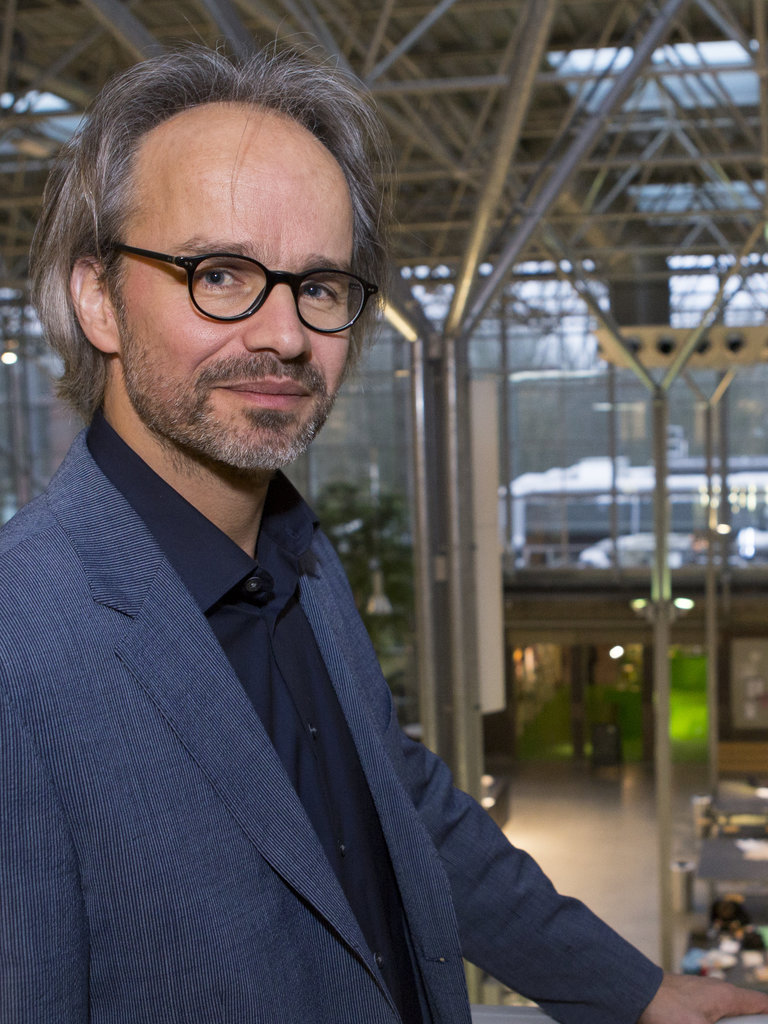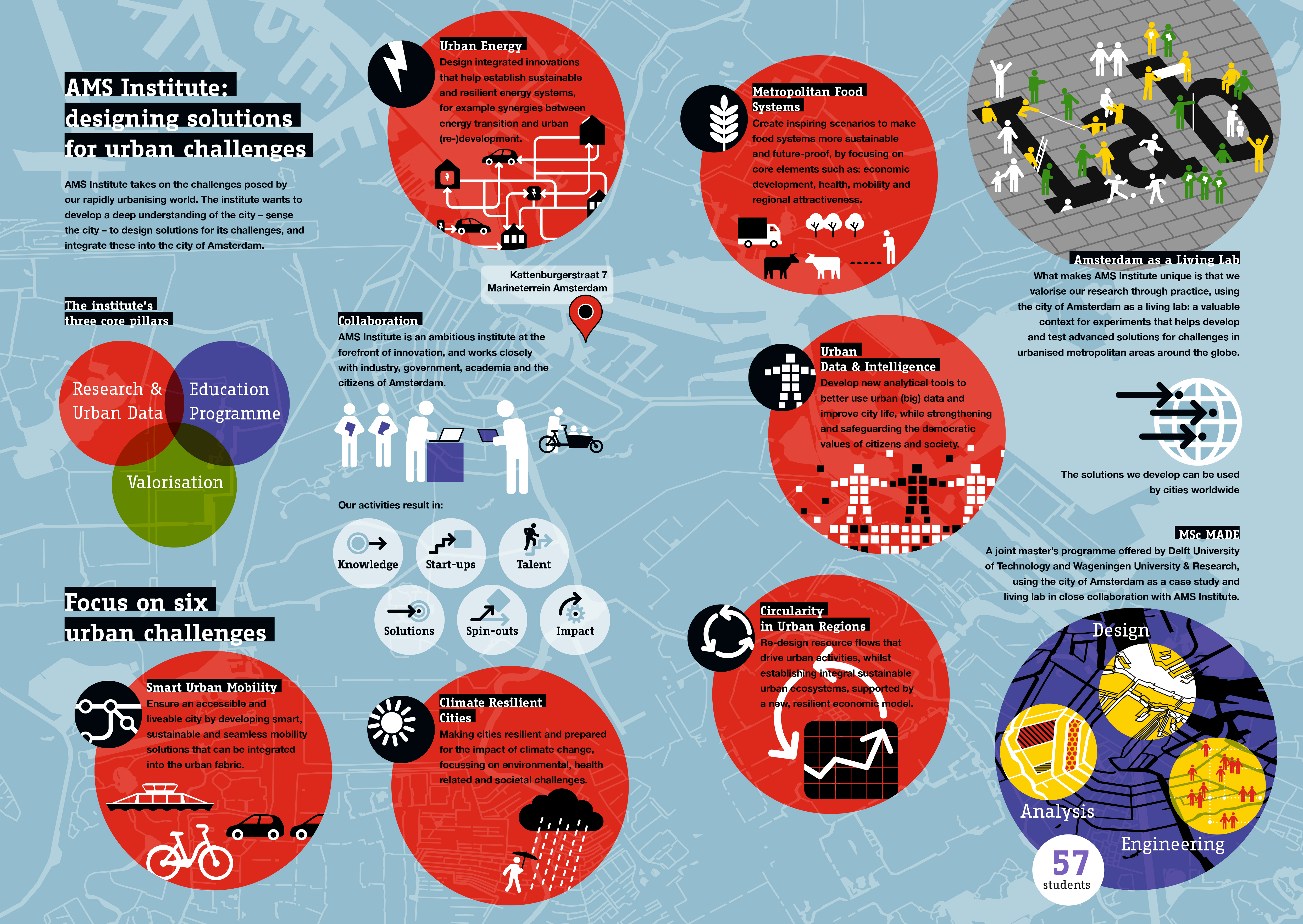
“The traditional models no longer work”
Scientific Director Arjan van Timmeren talks about the need for AMS Institute
By: Jurjen Slump
The increasing complexity of the world around us means that scientific research is also in a state of flux. It has now become necessary for researchers working on metropolitan problems - traffic, climate, energy, sustainability - to start testing their ideas at a much earlier stage than before at the place where the bottlenecks actually occur. In other words, in the big city. The AMS Institute proves that this is the right approach, says Scientific Director Arjan van Timmeren.
“The models used by scientists earlier to simulate reality no longer work at all times”, says Van Timmeren. Thanks to the internet, people have become less predictable than before, because they are exposed to many more influences and direct feedback. “Think of traffic jams, for example. Nowadays drivers will look up alternative routes on their phone. The models in general are not yet designed to cope with this.”
Double complexity
This is what Van Timmeren refers to as the ‘double complexity’: on the one hand, we have urban (technical) systems becoming increasingly complex and, on the other hand, there is real life in cities, with residents not always following the rules of logic. To ensure proper research despite this complexity, it has become necessary to take the laboratory to the city.
It is possible to approach the complexity of urban life in a ‘living lab’ if you involve the city residents and other relevant stakeholders such as the city council, water and energy providers, business community, etc. in the research. An additional advantage is that you can test potential applications much faster and refine them in real-life and real-time conditions. This means that you will have a completed product sooner, which can then be launched by either public authorities or for commercial purposes, by a company.
The relevance of the work we are doing turns out to be even greater than expected
AMS Institute Living Labs
Hop, step and jump
Living labs key to AMS Institute’s working method
Living labs form a crucial link in how the AMS Institute ensures that innovative research benefits society earlier. The institute refers to this innovative research method as the ‘hop, step and jump’ approach:
Hop
“Together with our most important stakeholders and partners, we draw up a problem analysis of a specific challenge the metropolitan area is facing. At this stage, the scientific research takes place in the laboratories of Wageningen University & Research, MIT and Delft University of Technology.”
Step
“This is followed by the innovative part of the research process: the results of the first part of the research are tested and validated in a real, ‘living’ environment within the Amsterdam metropolitan area. All parties concerned, including residents, are also involved at this stage. This unique intermediate step forms the basis of the AMS Institute: ensuring that our solutions are aligned more closely with real life in urban environments.”
Jump
“This enables us to take a bigger leap forward: faster implementation of our solutions in society, as a result of which they will have a bigger impact. This creates sustainable and resilient cities that know how to deal with major societal challenges.

